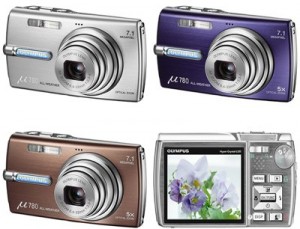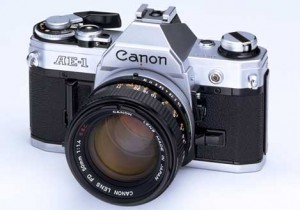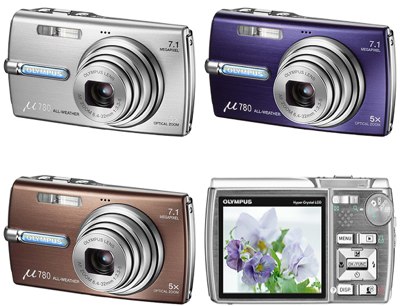 Since Joseph Nicephore Niepce took the world’s first photograph in 1814, photography has continued to progress and evolve, just as every type of art has. The year of 2011 is a turning point in the world of cameras: in 2010, Steve McCurry, professional photographer, used Kodak’s last roll of “Kodachrome,” color film which Kodak had produced for 75 years. The art of film photography is becoming obsolete; digital is taking over.
Since Joseph Nicephore Niepce took the world’s first photograph in 1814, photography has continued to progress and evolve, just as every type of art has. The year of 2011 is a turning point in the world of cameras: in 2010, Steve McCurry, professional photographer, used Kodak’s last roll of “Kodachrome,” color film which Kodak had produced for 75 years. The art of film photography is becoming obsolete; digital is taking over.
Although film is declining, it still has several advantages. Film pictures are higher resolution and can capture true black and white for a pure appearance, something impossible to find in digital; it can only capture shades of the two colors.
“There’s something about film that people love, turning in the canister and getting back a hard copy,” said Melissa Fluke, senior and Chief Photo Editor for the Yearbook.
McCurry, in the Wichita Eagle, agreed, saying, “I like having something to hold in my hand. With digital photography, it’s just a hard drive. With Kodachrome, the film is real. You can touch it, put it in a drawer, and come back to it later. It’s tangible. It’s an object. With digital, the pictures only exist in a hard drive, in a memory chip.”
Fluke said it’s a shame film photography is declining. “Some of the greatest pictures we have in the past are film, and digital is easy to fake it, easier for amateurs to fix their mistakes.” With all of the photo-editing software now available, lighting can be adjusted, the edges cropped, flaws remedied. “True photographers will be able to use both.”
Despite the experience McCurry has — 35 years working with Kodachrome –he still felt the pressure to capture the perfect picture, using the film wisely and carefully. According to NPR, he used a digital camera to set up the shot before snapping the actual scene with the film. “To have that reinforcement, to be able to see that on a two-dimensional screen … it was a big help,” he said.
At the end of December 2010, the print shop McCurry used closed, signifying the end of the epoch. Yet, as the electronic section in various stores expands to include digital cameras and the accompanying technology, another period begins.
“With digital photography, you can actually see [the image] before you spend your money and develop pictures,” said Allie Hunsburger, senior. “With film, there is more chance for error, such as opening the camera, allowing in light, and ruining the film.”
Melissa Fluke, senior, said she agreed that digital is much easier to use. “If you don’t like it, you don’t have to print it.”
“We have the ability to view, edit and monitor what we are doing as we go. We can evaluate the light and composition and the design instantly. And we can shoot in extremely low light, which was impossible with film.”
Although Kodak and various other stores, such as Peace Camera, still sell different types of film, it is easier to find a good memory card.
Hunsburger said, “[Film] is a part of history; it’s gone. You have to keep moving forwards.”

Leave a Reply